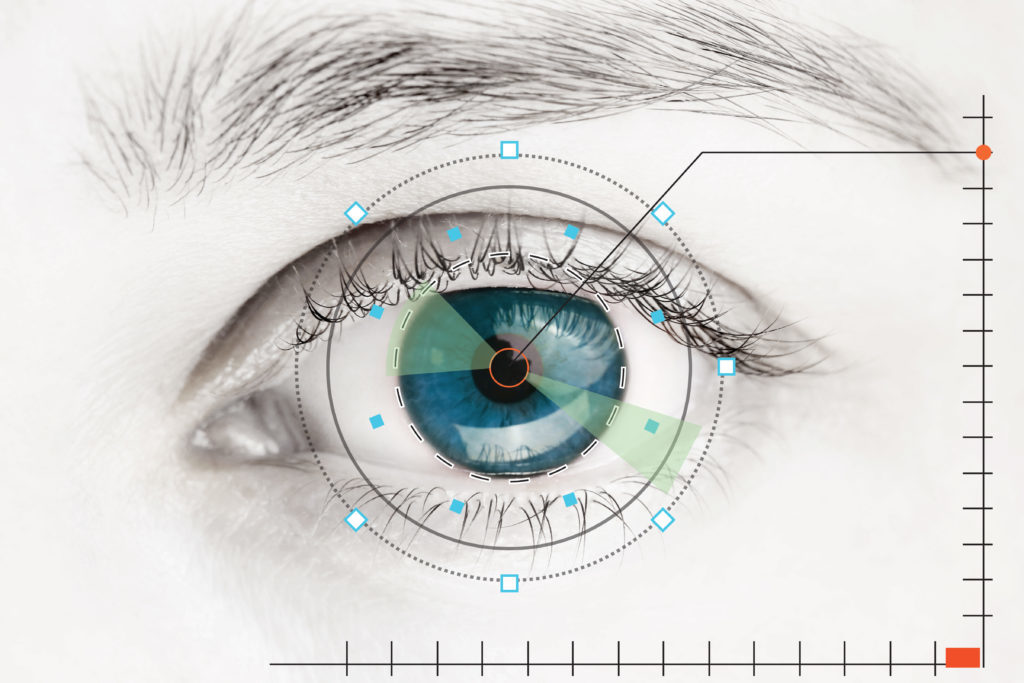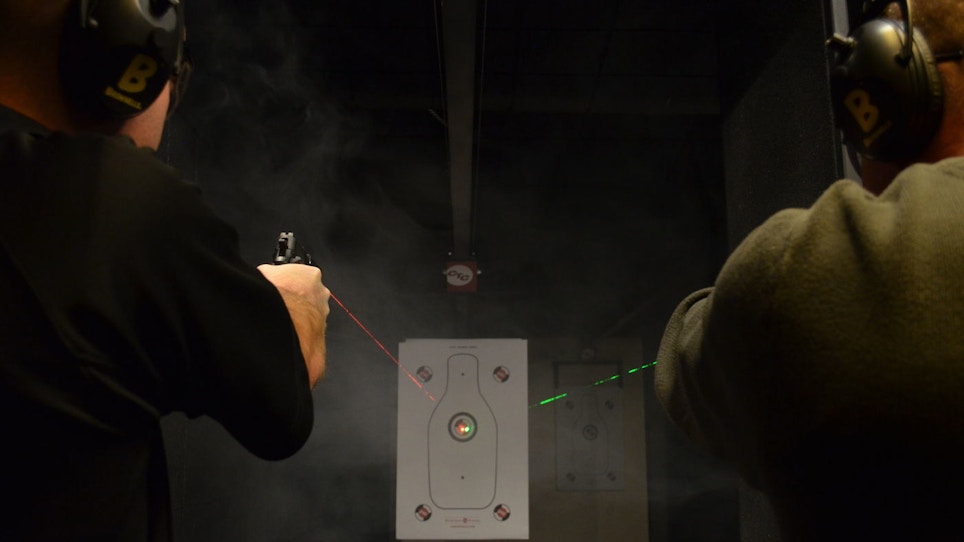Your customers are coming in to buy tactical lasers, with questions about each that should be answered with knowledge to help them make the best decision.
The questions aren't difficult, either. “Should I buy a red one or a green one? What about both so I can light up my target like it’s Christmas?” It turns out, there are fairly straightforward answers and knowing both — along with being able to explain why — can make you an expert to your customers.
Red lasers started appearing as surplus items out of supermarket scanners in the 1990s. They are common in the gun market with products from companies such as Crimson Trace. A variety of brands of red lasers intended for tactical use are available with Picatinny and Weaver mounts. They are increasingly reasonable in price.
Green tactical lasers are becoming common with similar prices. Which is the better choice? Is there any reason to prefer one over the other, other than aesthetics? It turns out that at the same output power, red and green lasers have different visibilities on a target to the human eye. Even the relatively low-powered laser pointers lawful for US sale and importation still carry substantial potential for permanent or temporary eye damage.
What are lasers?
You probably learned in school that visible light is a range of wavelengths, between roughly 400 and 750 nanometers. A nanometer is one billionth of a meter. Light waves are about ten millionths of an inch long. The wavelength determines how our eyes interpret the light: the longest visible wavelengths are 750 nanometers (red); the shortest are 400 nanometers (violet).
Think of the colors of a rainbow to imagine how these colors vary as the wavelengths go from short to long. There are only a few common wavelengths for lasers, at least the ones that are cheap and durable enough for tactical applications. The red lasers are typically 635 nanometers and 655 nanometers. Green lasers are 532 nanometers.
Why do you care?
Our eyes not only interpret different wavelengths as different colors but also have different levels of sensitivity depending on wavelength. It turns out that your eye detects 555 nanometers of light most easily. The 532 nanometer lasers (the common green ones) are very near the perfect wavelength for us to see. Once yellow laser pointers or green laser pointers right at 555 nanometers appear on the market we will have reached as close as we can get to perfection — unless you are selling tactical lasers to aliens with different eyes.

Our eyes not only interpret different wavelengths as different colors but also have different levels of sensitivity depending on wavelength. It turns out that your eye detects 555 nanometers light most easily.
How much difference in sensitivity is there? Our eyes are about 10 times more sensitive to 532 nanometers than 635 nanometers. At the same output power, and therefore at similar battery consumption rates, you should be able to see the green laser pointer about 10x the distance of red. If you have spent much time playing with lasers you have probably noticed the range advantage of green over red.
Along with differences because of wavelength, remember that there can be differences between pointers based on wattage and how rapidly the laser beam diverges. Compare a 635 nanometer laser with 5 milliwatts output power to its 532 nanometer green cousin with .5 milliwatts; they should be similarly bright to our eyes.
Laser beam divergence is a measure of how rapidly a laser beam spreads out beyond its focal point. Lasers typically have a spot just beyond the end where the beam is as concentrated as it will be. Beyond that point, the beam gets larger.
The downside of divergence is that the dot on the target covers more area, eventually becoming too faint to see. The upside is that if it is still bright enough to see, the dot will be large enough to be a visible dot. Most of us can easily spot a disk that is three minutes of arc in diameter (roughly 3 inches at 100 yards), especially if the disk is a contrasting color. Below that size, it gets harder to identify the laser’s spot unless the beam is very bright.
When in doubt, try out your lasers at 100 yards at night, being careful to keep them from passing across aircraft where they can dazzle or blind the pilot with devastating effects.






